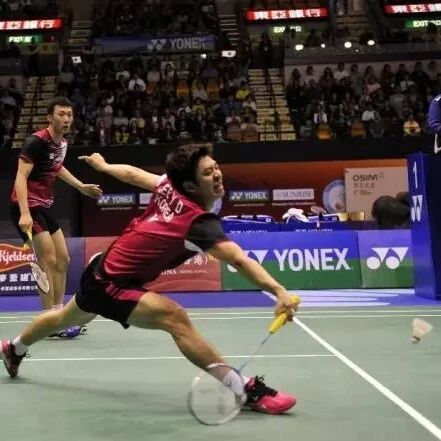What exactly is badminton doubles awareness? This article explains it thoroughly.


Among amateur players, an interesting phenomenon often emerges: some excel in singles play but get completely outmatched in doubles. Why is that? It’s because they don’t know how to coordinate effectively with their partner—or, more precisely, they’re unclear about how to position themselves on the court.

Some people aren’t very good at doubles and tend to blame it on either never having played with their partner before or lacking proper coordination. They often assume that simply spending more time practicing doubles together will automatically improve their game—but that’s not necessarily the case.

Without mastering some of the most fundamental doubles awareness—and without understanding positioning and coordinated tactics for both defensive and offensive play—it’s incredibly difficult to achieve seamless teamwork in doubles.
Next, let's explore the secrets behind doubles together.
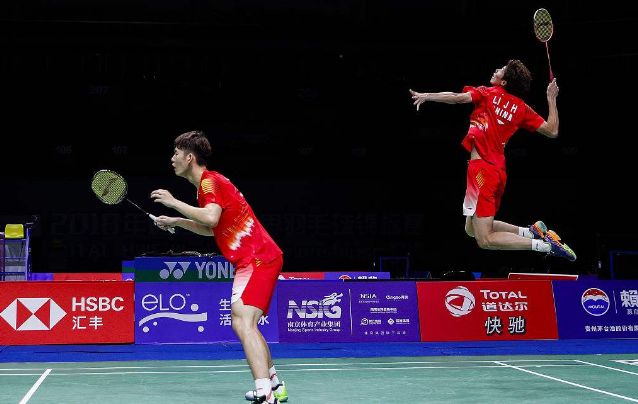
In doubles play, we refer to the players' coordination, fundamental movement patterns, and positioning coverage as "awareness" or "doubles awareness." The level of understanding and mastery of this "awareness" often determines how high a player's doubles skills truly are.
Doubles awareness: Keep the five key principles in mind
The teammate positioned at the front leads the team's basic movement patterns.

Two
Basic principles of court positioning in doubles
Many people interpret the principle of positioning in doubles matches as simply moving to where the ball will appear next. This kind of positional movement often leads to collisions and contested shots.
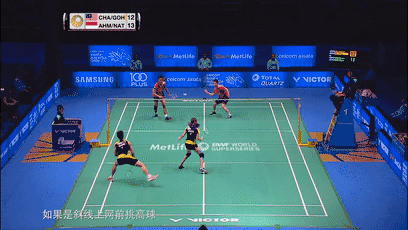
Actually, the key principle of movement in badminton doubles lies in positioning yourself where you’re needed—both your natural spot during play and your ability to cover for your partner’s movements.
Three
In doubles, partners need to have a clear division of roles.
First, take good care of the area and route you're responsible for—this is the greatest support and best collaboration you can offer your teammates.
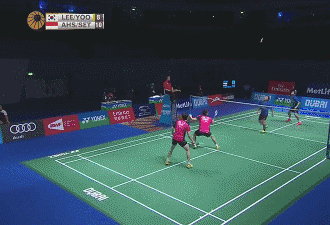
Four
Depending on the positioning, the doubles court area can be divided into two types.
1. Front, Midfield, and Back Positions: Forward, Midfield, and Defensive Lines;
2. Left and right positioning: sidelines, center lane, and diagonals.
The doubles match is underway, and partners should divide tasks based on their respective court positions.
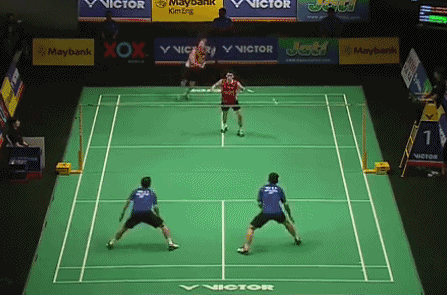
(When attacking, line up front-to-back; when defending, line up side-to-side)
Five
Awareness during offense, net play, and sideline positioning are key points.
In doubles, our offense should consistently revolve around "closing the net" and "playing along the sidelines."
When we’re in an offensive formation—whether in the front or back—we divide the court into the frontcourt, midfield, and backcourt. Those positioned at the front handle the frontcourt, while those at the back take charge of the midfield and backcourt.
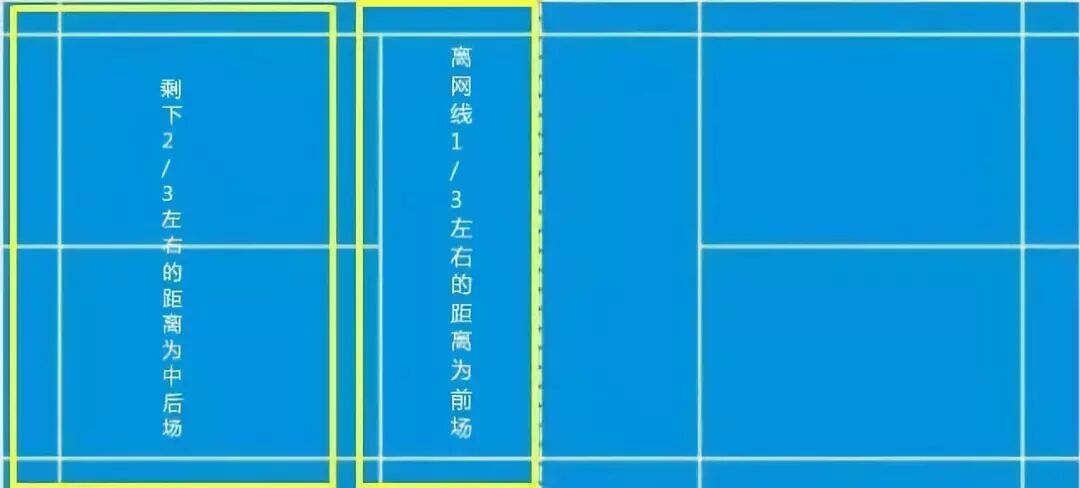
On the opponent's return path, we’ll divide the court into three zones: the sidelines (straight lines), the center lane, and the diagonals. Then, make sure you control your own zone effectively.
Players should know that the organizer of the attack is typically someone in the frontcourt, and ultimately, it’s often the player responsible for closing the net in the front who resolves the situation.
From this perspective, the player responsible for the smash is primarily doing a supporting role. The smasher should do their best to create opportunities for their teammate to close in at the net—only then can the net defense be truly effective, and only when that happens does our attack become genuinely threatening.
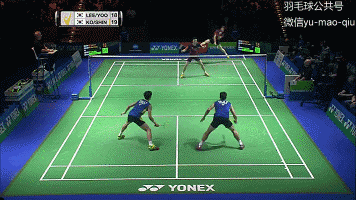
Perhaps we’ve all experienced that when the opponent defends aggressively at the net, the psychological pressure it puts on us is far greater than a powerful backcourt smash.
From the above, we can see that when a teammate executes a smash, the player positioned in front should stay in the same half of the court, standing close to the sideline—with one foot firmly planted on the line—to block both the opponent’s straight-line returns and shots aimed down the middle. Pay special attention to the straight-line area along the sideline, ensuring it remains tightly covered at all times.
The answer is "area," because a strong sense of spatial awareness is crucial in defense.
(1) Reduce the defensive jurisdiction area
To narrow the individual's defensive zone, the court is divided into three areas: sidelines, center lane, and diagonals.
(2) Clearly define personal jurisdiction areas
As everyone knows, in doubles, the probability of the opponent smashing diagonally is very low. Therefore, in reality, each of us has only one defensive zone to cover—and it requires minimal effort, as either a forehand or backhand will do just fine.
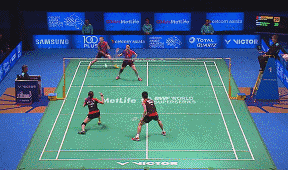
Considering the court's width of 6 meters, each of us only has a defensive range of 2 meters—though in actual gameplay, our effective coverage is even narrower than that.
Six
Serving and receiving positions
Let's start with the serve.
In doubles, the service line is shorter than in singles. If the serve isn’t well-executed, the receiving side can easily launch an immediate attack—or even score directly.
So, in amateur doubles, the quality of your serve can determine one player's overall level. To avoid having your serve easily blocked, it’s recommended to focus more on short, flat serves.
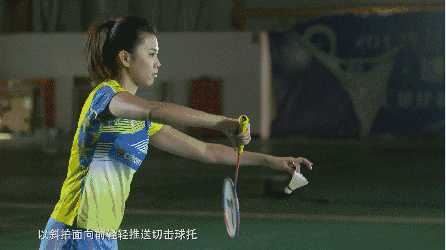
Before serving, positioning: The server partner should stand as close as possible to the front service line, while the backcourt partner positions themselves behind, with one foot stepping over the center line to establish a front-to-back formation.
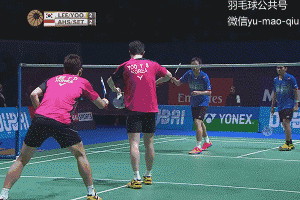
After serving, positioning: When hitting a short net shot, the server must stay at the net, firmly guarding the front court—specifically, avoiding any backward movement while blocking or intercepting the shuttlecock. Meanwhile, the backcourt partner remains in the backcourt, maintaining the forward-backward alignment to set up an attacking formation.
After hitting a high, long shot, you must retreat to defend, while your backcourt partner naturally shifts toward the side. This creates a left-right defensive positioning between the two of you, allowing you to effectively block the opponent's smashes.
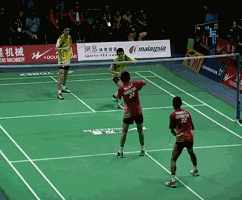
Receiving the serve—taking the right-handed player as an example, who holds the racket in their right hand.
Double-fraction court serve-receive positioning: The player receiving the serve should stand near the front line and center line, while their partner stays further back. (As shown in the diagram below.)
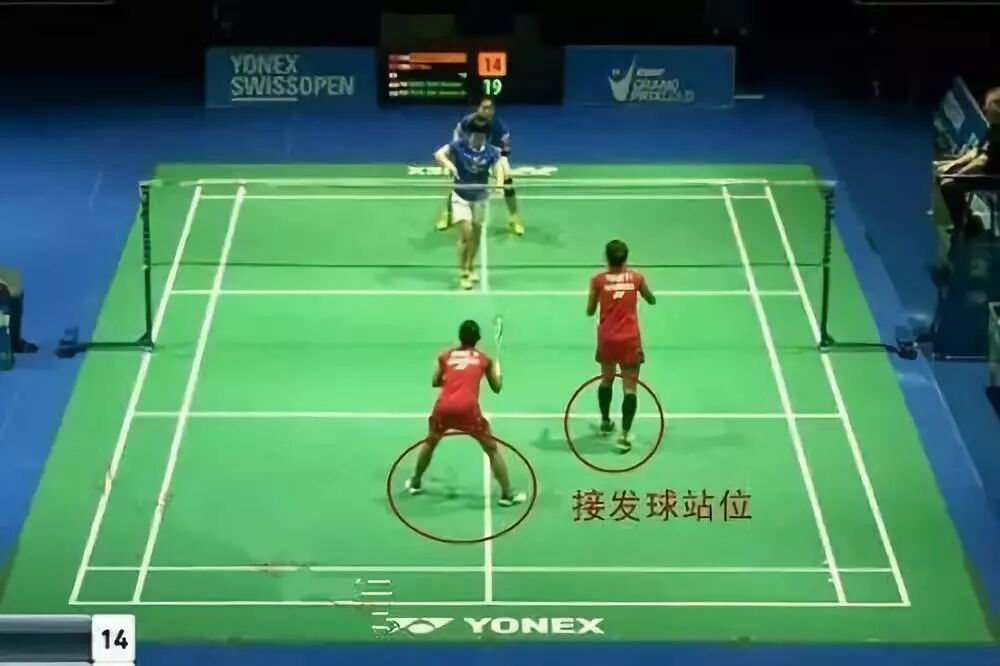
More article recommendations:
Badminton racket-swing training—make it fast, faster, and even faster!!!
There are 4 ways to hit a badminton shot into an open space—90% of players only know the first one.
Zhao Jianhua, Yang Yang, and Li Mao have prepared over 100 lessons for everyone, covering techniques like badminton net shots, backhand cross-court hooks, smashes, and more. Click "Read the Original Article in the Bottom Left Corner." If you're looking to improve your badminton skills, don't miss this—this is a must-see!

Related Articles

Struggling even to keep up with top players? Here are 7 tips to help you master the endless art of the high, powerful shot.
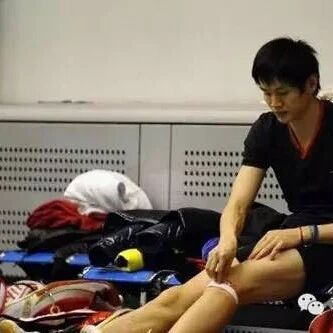
How to protect your knees while playing sports—stick to these 3 key tips for knee health!
